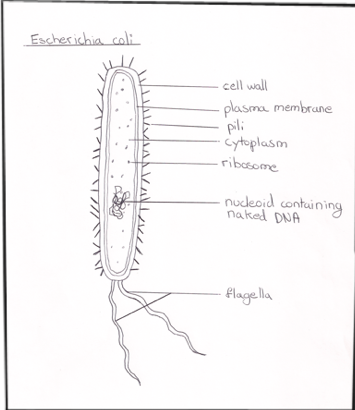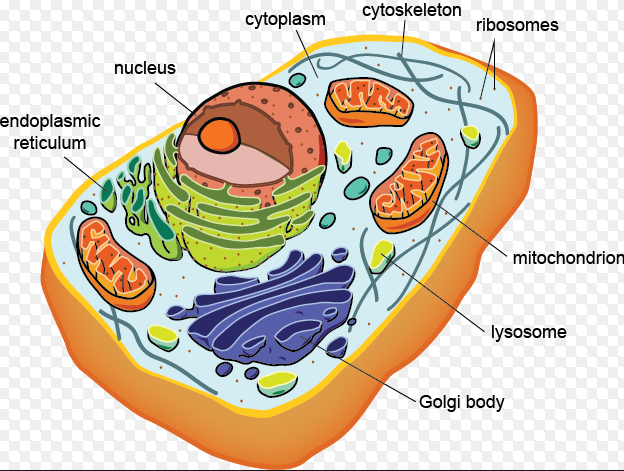Introduction
Did you know that we call the smallest unit of life as cell? As we realise that there are lots of living beings with different structures we will also realise that there are cells with different types. In this journey, we will find out the types of cells, their structures and their structures. Click on the task whenever you are ready and let the journey begin!

Task
To have fun and to learn something while you are looking through a microscope, you should know what kind of cell you are observing. Yet, scientists have discovered 2 types of cells and in this journey, you will find out what they are. Here is your task; first you should watch the videos and take a look at the pictures in the process part. After that, you can observe the cells that you did before you watched the videos and you will realise more things while you are observing. Finally, take the test in the conclusion part, you are guaranteed by me that you will have lots of fun. Now you are ready to see the next part.
Process
*If you are asked to draw a procaryotic cell, here is a guide for you.

*Since you learned how to draw a prokaryotic cell, you are ready to learn the functions of the components in prokaryotes. To learn the functions, lets watch the video below.
*Now, you know everything about prokaryotes that you need to know. It is time to learn about eukaryotes now. It's more complex than prokaryotic cell structure but do not worry, you will understand it easily when you watch the video.
*I know that it is hard to understand functions of all the components at once but you will get use to it while you are observing a cell and watching more videos about them. If you are okay with the structures and functions of eukaryotic and prokaryotic cells, it is time to compare them. Are you ready to learn about their differences and similarities?
Evaluation
Lets make a short summary about what you learned from the videos from the process part.
Prokaryotic Cells

c
Eukaryotic Cells

*The main differences between them is, eukaryotic cells have a nucleus while the prokaryotic ones only have a nucleid region.
*Another important difference is prokaryotic cells do not contain membrane-bound organelles but the eukaryotic ones contain membrane bound organelles such as mitochondrion, chloroplast, lysosomes, rough and smooth ER, golgi apparatus and finally, vacuoles.
* While we observe the differences between them, we should not forget the difference of their size.
Conclusion
1)Which one of the following eukaryotic cell structures does not contain DNA?
a) A nucleus
b) A mitochondrion
c) The endoplasmic reticulum
d) A chloroplast
2) What kingdoms are made up of prokaryotic cells?
a)Bacteria & Archea
b) Protists & Plants
c) Bacteris & Fungi
d)Animals & Plants
3) Prokaryotic cells do not have a nucleus, what do they have in its place?
a) Nucleolus
b) Nucleid region
c) Chromatin
d) Nuclear envelope
4)Which of these best distinguishes a prokaryotic cell from a eukaryotic cell?
a) Prokaryotic cells have a cell wall, but eukaryotic cells never do.
b) Prokaryotic cells are much larger than eukaryotic cells.
c) Prokaryotic cells do not have a membrane-bounded nucleus, but eukaryotic cells do have such a nucleus.
d) Prokaryotic cells have ribosomes, but eukaryotic cells do not have ribosomes.
Credits
http://www.docstoc.com/docs/116897076/Cells---The-Basic-Unit-of-Life
http://ibguides.com/biology/notes/2.2-prokaryotic-cells
http://biology.tutorvista.com/cell/prokaryotes.html
http://www.shmoop.com/biology-cells/all-eukaryotic-cells.html
http://www.phschool.com/science/biology_place/biocoach/cells/quiz.html
https://www.inkling.com/read/biology-sylvia-mader-10th/chapter-4/ch04-t…
http://www.proprofs.com/quiz-school/story.php?title=prokaryotic-vs-euka…